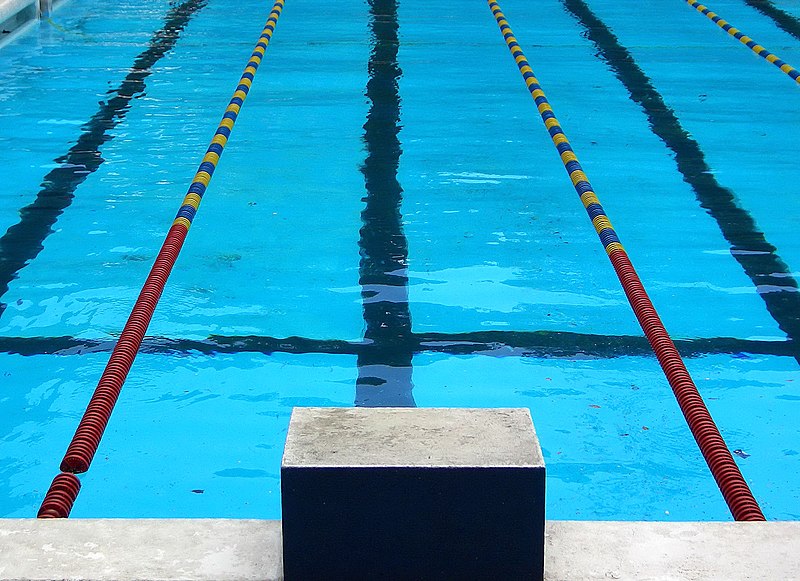The Acidic Environment > 1. Indicators >
Identify and describe some everyday uses of indicators including the testing of soil acidity/basicity
Everyday uses of indicators include:
- Testing the acidity or basicity of soils, as some plants grow best in slightly acidic soils (such as azaleas and pineapples) while others grow best in slightly basic soils (such as violets):


Pineapples and violets have very different soil requirements
- Because soil is dark in colour, a white inert solid such as barium sulfate is mixed with the soil before the indicator is added.
- The colour of the indicator can be seen on the white solid.
- If a soil is found to be too acidic, it can be partially neutralised by adding a weak base such as powdered limestone (calcium carbonate).
- If a soil is found to be too basic, it can be partially neutralised by adding a weak acid such as ammonium sulfate.
- Testing home swimming pools, as they need to be approximately neutral.

- Monitoring liquid wastes, such as those from photographic processing, as liquids discharged into the sewerage system must be nearly neutral to avoid causing corrosion.
